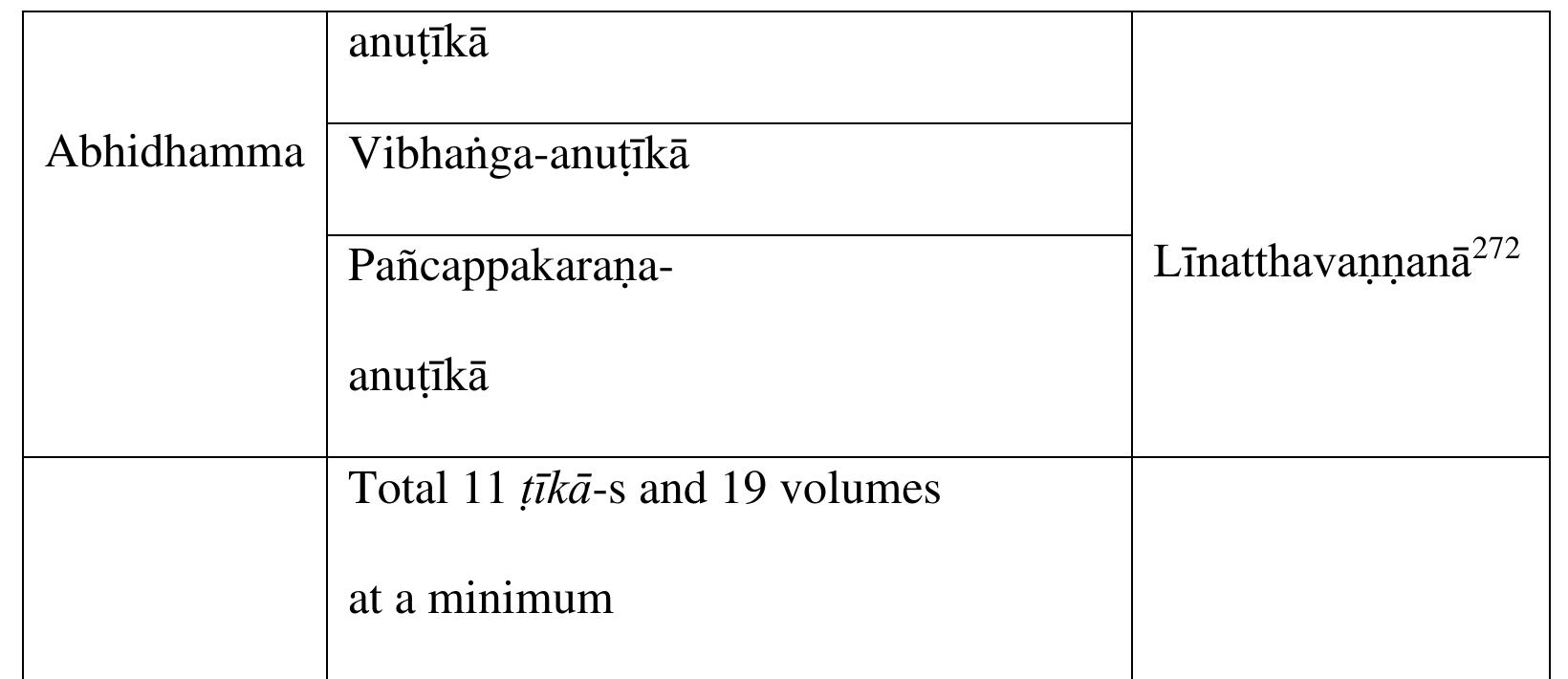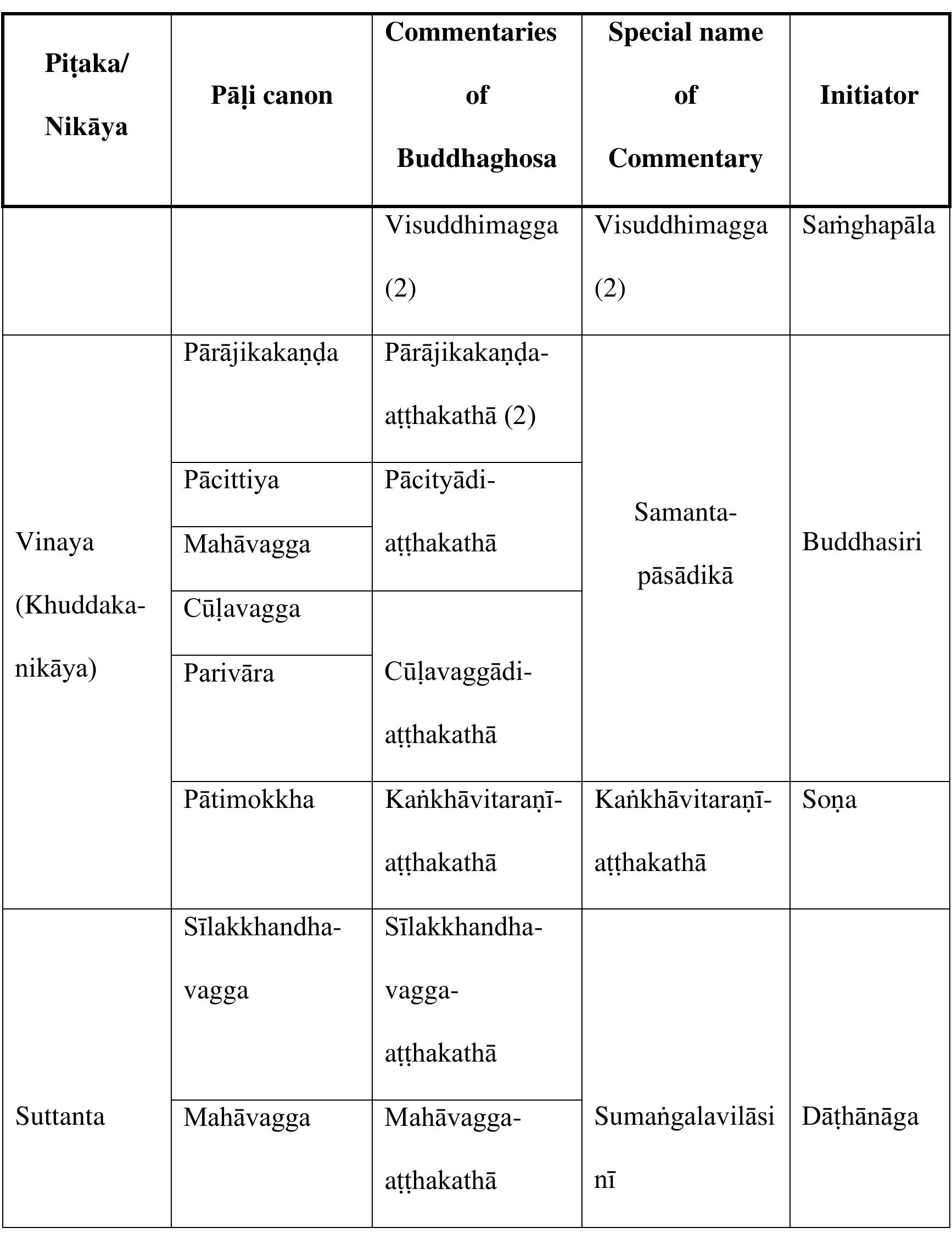Key research themes
1. What are the critical challenges and methodological considerations in translating Pāli Buddhist texts into English?
This theme investigates specific linguistic, stylistic, and cultural complexities encountered when translating canonical Pāli texts into English, emphasizing the need for philological precision and contextual awareness to preserve Buddhist doctrinal meanings and literary conventions. Such translation studies are vital for ensuring scholarly access to authentic Buddhist teachings and highlight how different approaches can affect interpretation.
2. How does the oral tradition influence the composition and meditative role of Pāli Buddhist literature?
This theme explores the interface between oral transmission and textual formation in the Pāli Canon, focusing on how linguistic choices and stylistic formulas support memorization, recitation, and meditative listening. Understanding this interplay is crucial for Buddhist textual studies as it sheds light on the preservation, performance, and pedagogical functions embedded in the literature beyond its written form.
3. What is the historical development and literary significance of Pāli language and literature in South and Southeast Asia?
Research under this theme addresses the historical evolution of Pāli language and literature, its canonical status, and its geographic and cultural transmission across South and Southeast Asia. It highlights the linguistic origins, canonical corpus, commentarial traditions, and regional adaptations, revealing Pāli’s pivotal role in Buddhist doctrinal dissemination and cultural identity formation in various Theravāda contexts.






























